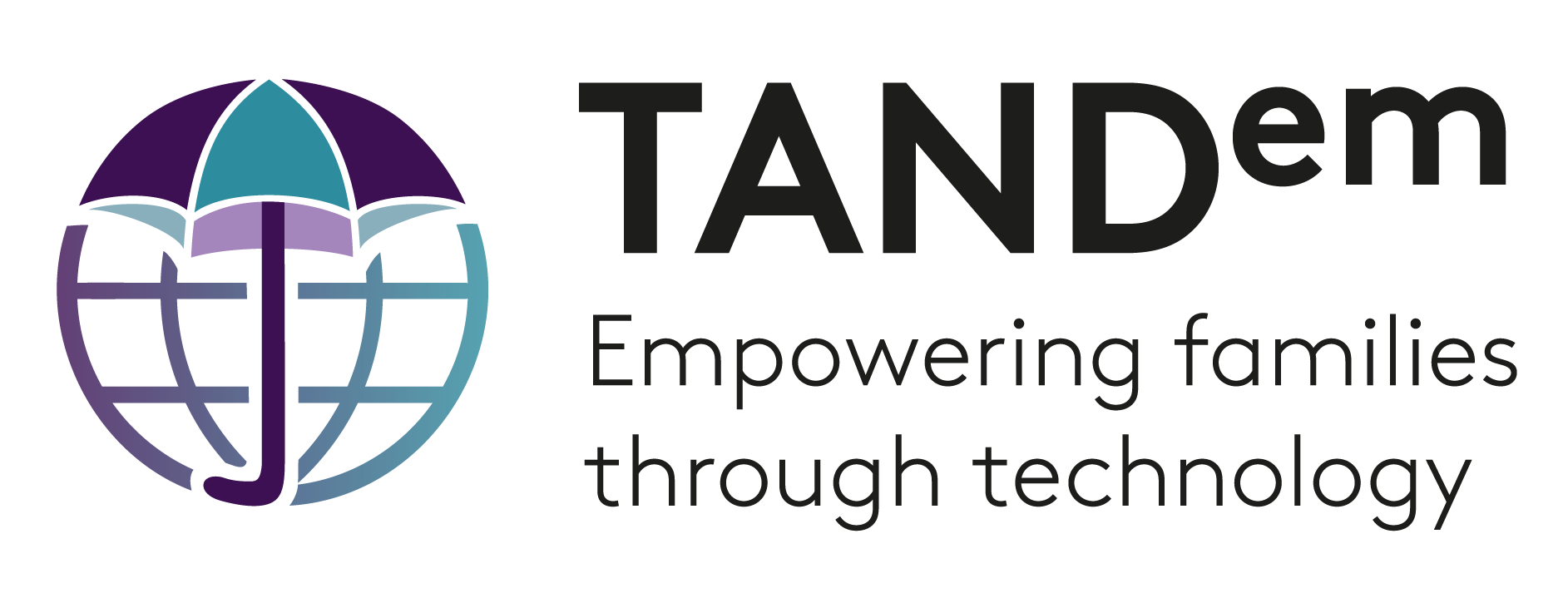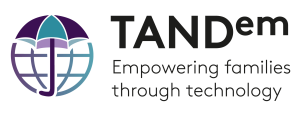Autism-like Cluster
Home > TAND Clusters > Autism-like > What to seek
What to seek
Autism-like cluster behaviours
Autism-like cluster behaviours include:
- poor eye contact,
- absent or delayed onset of language to communicate,
- difficulties getting on with others of the same or similar age,
- unusual use of language such as repeating words or phrases,
- restricted or repetitive behaviours include doing the same thing repeatedly, like lining up toys rather than playing with them,
- being very rigid or inflexible about how to do things, or not liking change in routines,
- have sensory processing differences, either being very sensitive, or under sensitive, or sometimes both.
- by 6 months, babies show less ability to get excited for and enjoy social interactions with caregivers.
- by 9 months, they may be inconsistent in responding to their name being called, have inconsistent eye contact and difficulty using eye gaze and gestures at the same time.
- by 12 months, they may not respond to their name being called and have little babbling.
The earlier you detect possible developmental delays or differences in your child, the earlier you can access help. You can play a role in early detection by monitoring your child’s communication milestones in the areas of social communication, language, and play. This can help you identify differences early and help you talk to your child’s healthcare providers about your concerns. Refer to the resource panel for easy-to-use parent resources for monitoring your child’s milestones.
Sometimes children or individuals with TSC may also meet criteria for a formal diagnosis of autism. The early signs of autism in TSC are very similar to the early signs of autism in children without TSC. The ’16 Early Signs of Autism by 16 Months’ might be a very helpful resource in raising your concerns early. Additional resources in the resource panel give more information on autism in people with TSC and autism more generally. You can even register for a free course on ‘About Autism in Toddlers’ (see autismnavigator.com resource).
Social Communication Growth Charts
[babynavigator.com]
Milestones in Action
[cdc.gov]
CDC’s Milestone Tracker App
[cdc.gov]
16 Early Signs of Autism by 16 Months
[babynavigator.com]
TSC and Autism Spectrum Disorders
[tscalliance.org]
What is Autism Spectrum Disorder
[cdc.gov]
What to seek if you notice early signs in your child
Screen at home
If you notice these early signs in your child, you may want to consider screening your child using a validated screening tool. Screening can help you decide whether to seek further help or evaluations. It will also help you talk about the behaviours you are seeing with your healthcare provider. It could also help pinpoint areas you might want to work on at home. You can find a free validated screening tool you can use to screen your child in the resource panel. You will also find a ‘First Concern to Action Toolkit’, which may support you in your decision-making journey.
Seek an evaluation for social communication delays
If your child obtains a positive screening result, or if you are concerned about these behaviours, please consider seeking further evaluation. An evaluation can help you understand the nature and extent of the difficulties you or your child is facing, and to make a plan for intervention. A speech-language therapist, occupational therapist, psychologist or other developmental specialist would be able to do a thorough developmental evaluation and make recommendations for intervention. Your family doctor or paediatrician can help you with the referral.
16-30 Months: M-Chat-R Autism Screening Test
[autismspeaks.org]
First Concern to Action Toolkit
[autismspeaks.org]
Seek an evaluation for autism in your child
If you are concerned that your child could have an additional diagnosis of autism, we recommend you seek a diagnostic evaluation specifically for autism. This could help to connect you with additional services and supports in your area. A diagnostic evaluation should ideally be made by a multidisciplinary team that includes a developmental paediatrician, neurologist, or psychiatrist. A diagnosis should only be made by professionals experienced with autism using DSM-5 or ICD-10 criteria. A diagnosis needs to be informed by a detailed developmental history, systematic observations, and autism diagnostic tools.
What to seek if your child receives a diagnosis of autism
Receiving a diagnosis of autism may feel very overwhelming for caregivers, even for caregivers with children without TSC, and receiving a second diagnosis of autism over and above TSC, even more so. Your feelings, whatever they are, are completely valid and you need to take time to think about and process your emotions. We hope that this new diagnosis will become a means for accessing the right kind of help rather than an extra burden.
We would like to point you towards two resources that have been designed specifically for caregivers of children receiving a new diagnosis of autism that might help you in your journey, they both contain a week-by-week plan for the next 100 days to help you plan your next steps. While many of the resources may only be available in more developed countries, the principles may help you in whichever context you are in. Be sure to take note of the sections on ‘Caring for the Caregiver’ – that’s you!
100 Day Kit for Young Children
[autismspeaks.org]
100 Day Kit for School Age Children
[autismspeaks.org]
What to seek if you notice autism-like cluster signs for yourself or an adult with TSC
If you are an adolescent or adult with TSC and you suspect you have autism-like cluster behaviours and would like to consider whether these constitute an additional diagnosis of autism, you might want to consider a free adult screening tool that you can use to discuss with your healthcare provider.
A diagnosis of autism may bring a deeper understanding of your particular learning style to you, your family, friends and even work colleagues. You may be able to use the diagnosis to access additional supports in your community, school or workplace. A diagnostic evaluation should ideally be made by a multidisciplinary team that includes a neurologist, or psychiatrist. A diagnosis should only be made by professionals experienced with autism using DSM-5 or ICD-11 criteria. A diagnosis needs to be informed by a detailed developmental history, systematic observations, and autism diagnostic tools.



